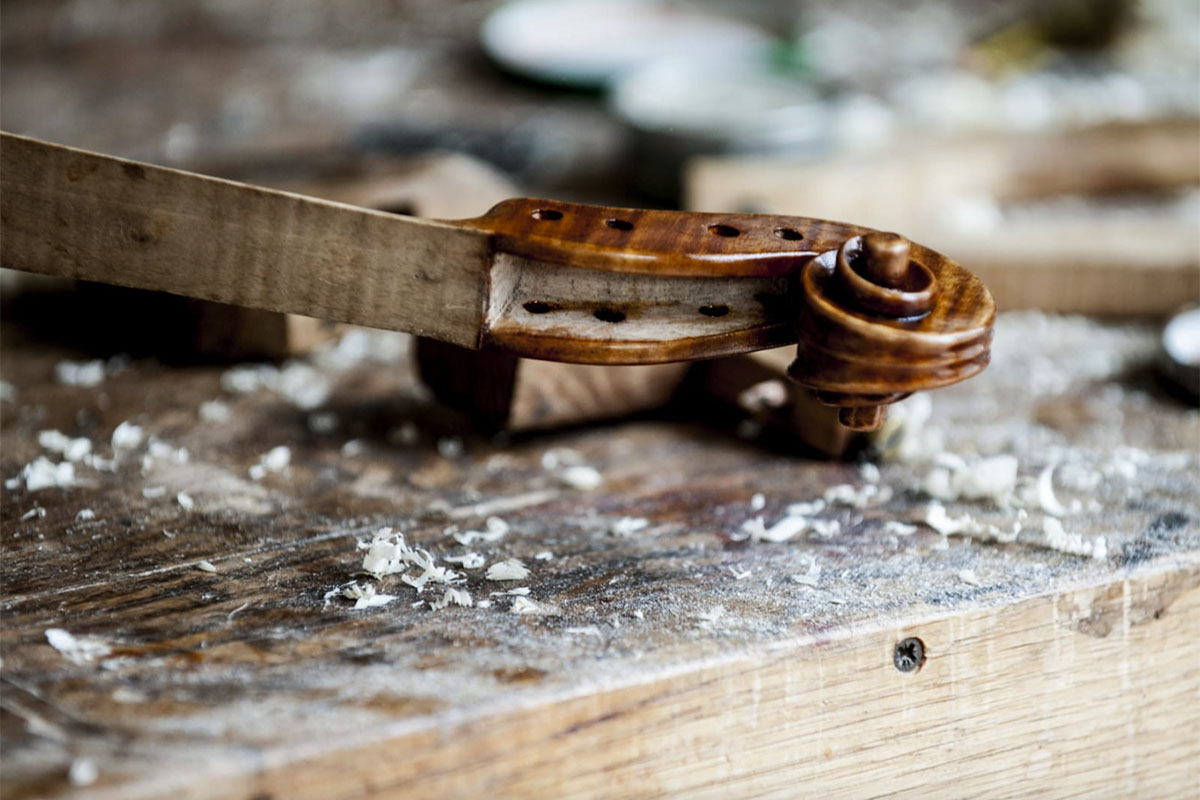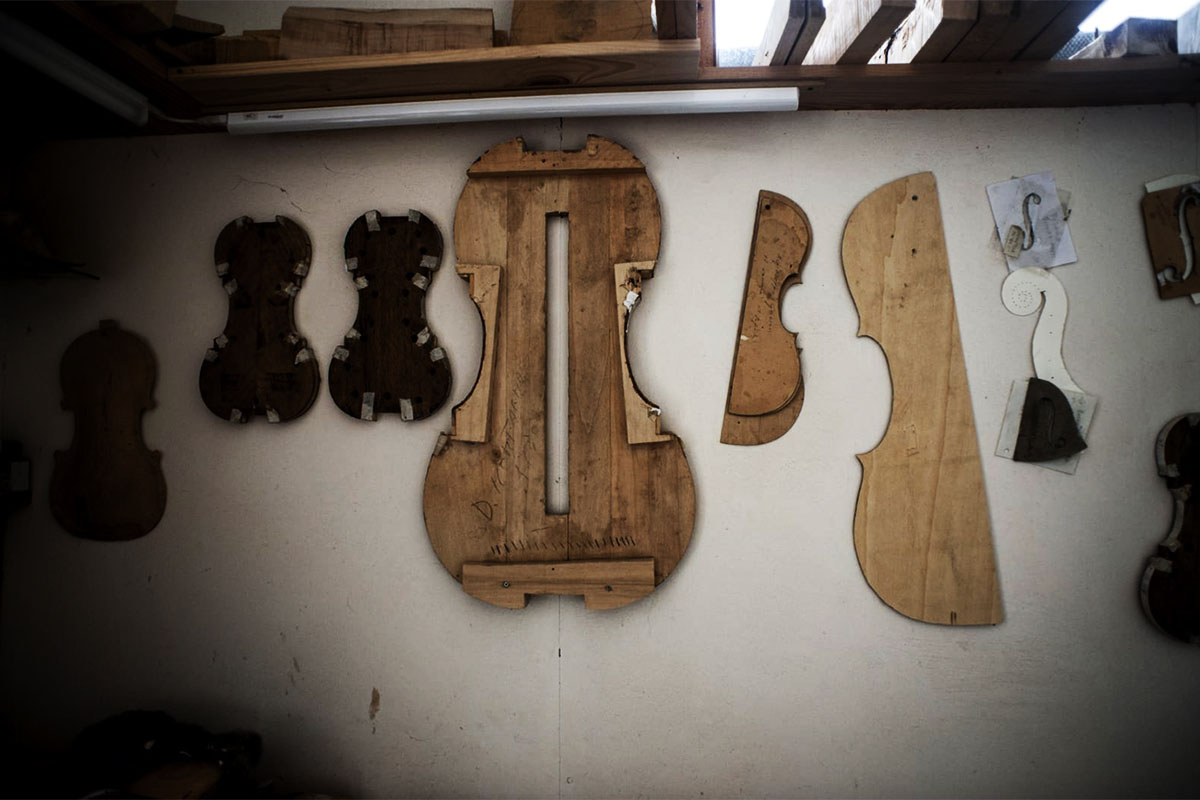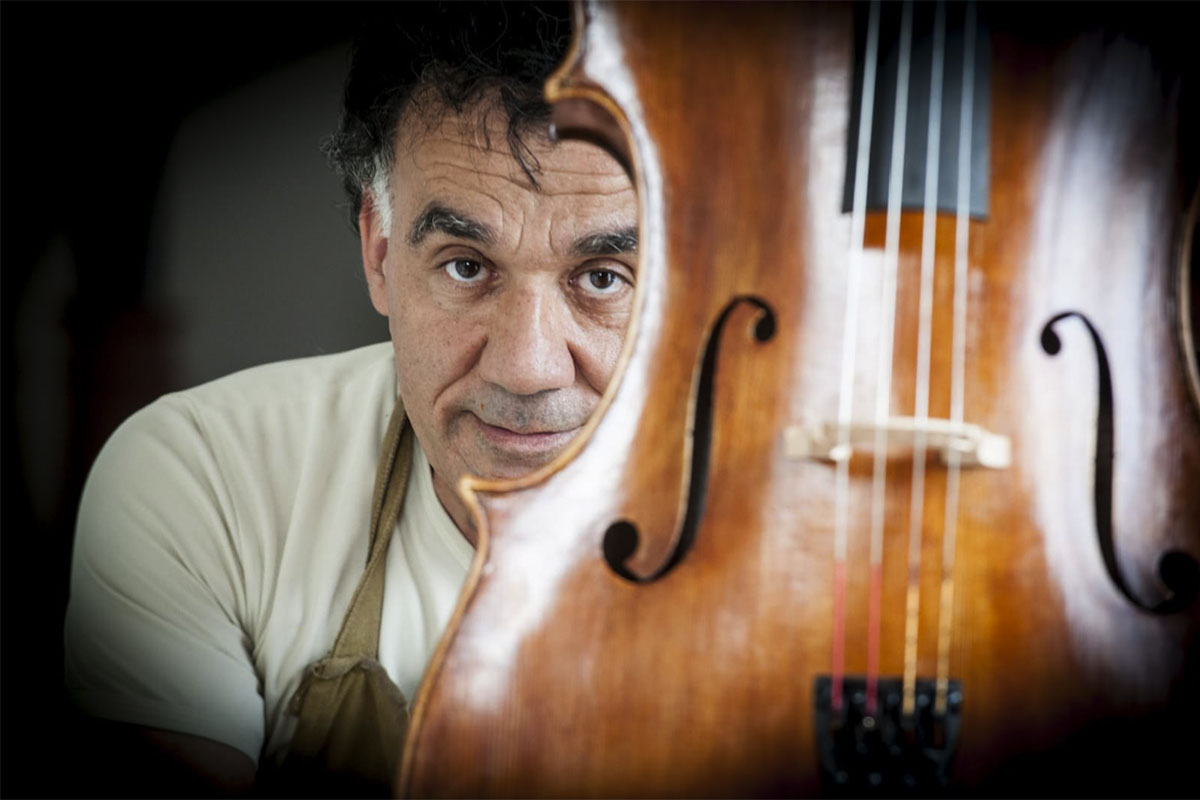A good wood for soundboard crafting for excellent lutherie instruments should have close and uniform growth rings, a good workability and a solid strength-to-weight ratio. Just a small percentage of the trees is selected for soundboard crafting: once the best tree trunks have been chosen (the specimen in the photo is 200 years old), they … Continue reading Lutherie wood: Val di Fiemme’s spruce
Willow is one of the most used woods when it comes to lutherie. In the past it was mainly used for crafting blocks and linings, thanks to its firmness and workability. This tree grows in humid areas and in fact we often find it alongwatercourses, where it propagates easily both by seed and by cutting. … Continue reading Lutherie wood: Willow (Salix nigra)
The making of the ribs (made from the same wood as the bottom) requires great attention, especially if the wood is of a so-called “curly” quality, prone to breaking. Having prepared the ribs a little wider than the required size, I started working by fixing them with a clamp on the workbench, to then bring … Continue reading Manufacturing a copy of Stradivari’s Cremonese: the ribs
Once the model of the instrument I intend to build has been chosen (Il Cremonese) I begin by assembling the corner blocks, formerly made of willow or poplar, here made of spruce. To do this I used a special tool (the mould): the mould has recesses on the tips of the C-bouts both in the … Continue reading Planning the making of a Stradivari Cremonese violin: the first steps
Once the first step of the restoration has been completed, I proceed to the restoration of its paint to bring it back to its original beauty, using a mixture of oils. I finish the work by polishing the instrument with the use of a pad with a polish I personally created. This last operation requires … Continue reading Restoration of an old violin: part two






